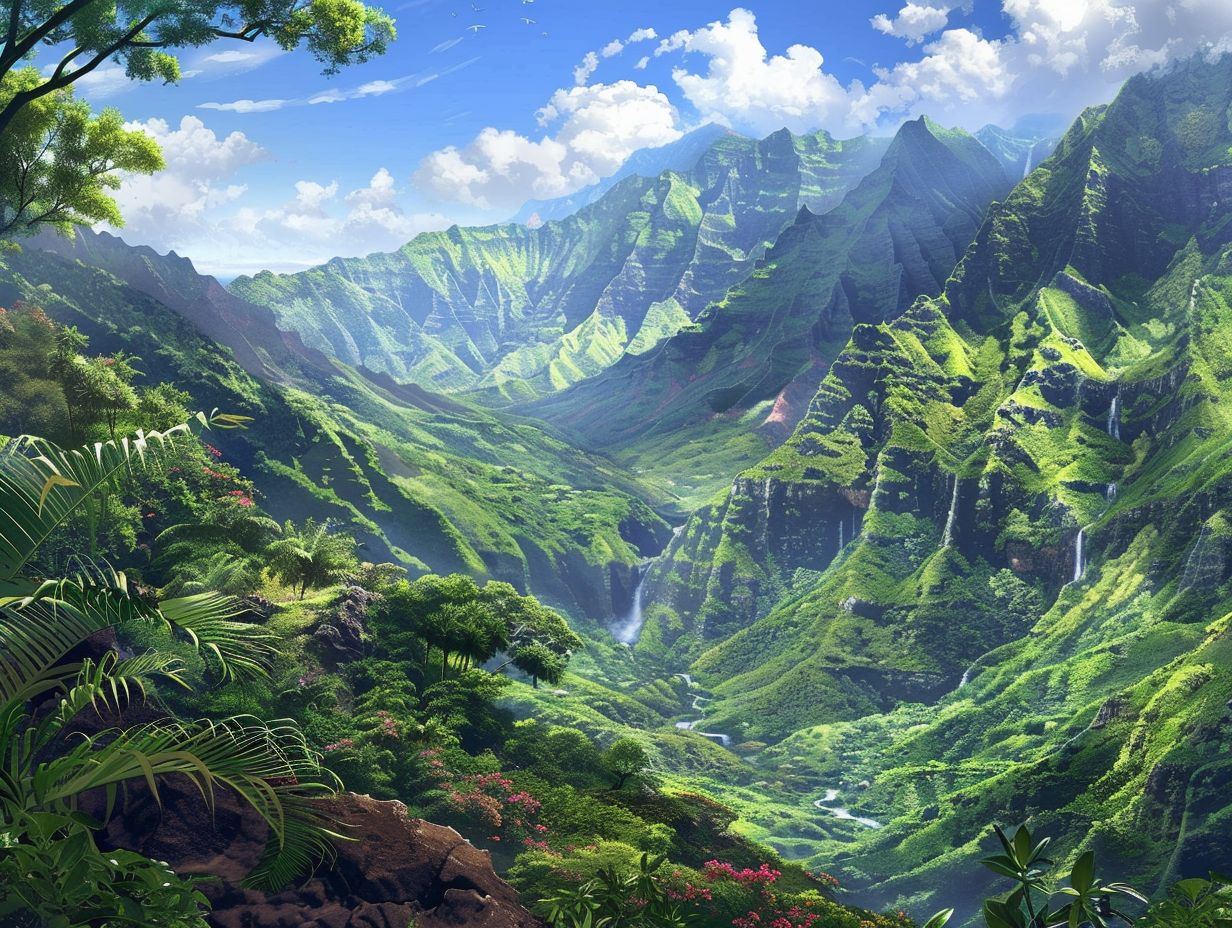Olympic National Park and Glacier National Park are two of the most popular national parks in the United States, each offering unique experiences and landscapes. This blog post will provide a detailed comparison of the two parks, focusing on specific quantifiable details, facts, and figures.
Size and Location
Olympic National Park is located in the state of Washington and covers an area of 922,700 acres. Glacier National Park, on the other hand, is situated in Montana and covers a slightly larger area of 1,013,322 acres.
Glaciers

One of the key differences between the two parks is the number of glaciers. Olympic National Park has 184 glaciers as of 2009, down from 266 in 1982. Glacier National Park, however, has 25 active glaciers, down from 150 in 1850.
Elevation
The highest peak in Olympic National Park is Mount Olympus, which reaches an elevation of 7,980 feet. In Glacier National Park, the highest peak is Mount Cleveland, which stands at 10,466 feet.
Camping
Olympic National Park offers 14 campgrounds with a total of 922 individual sites and 17 group sites. Glacier National Park has 13 campgrounds with 1,009 individual sites and 43 group sites.
Lodging
When it comes to lodging, Olympic National Park has 3 lodges and 2 log cabin resorts. Glacier National Park, on the other hand, has 5 lodges, 133 hotel rooms, and 38 cabins.
Entrance Fees
The entrance fees for the two parks are slightly different. At Olympic National Park, the fee is $30 per vehicle, $25 per motorcycle, and $15 per person (walk-in or bike-in). At Glacier National Park, the fee is $35 per vehicle, $30 per motorcycle, and $20 per person (walk-in or bike-in).
Visitor Statistics
In 2020, Olympic National Park received 3,401,255 visitors, while Glacier National Park had 1,696,672 visitors.
Hiking Trails
Olympic National Park boasts over 600 miles of hiking trails, while Glacier National Park has over 700 miles of hiking trails.
Weather
The weather in the two parks can be quite different. The Hoh Rainforest in Olympic National Park receives about 12 feet of rain per year, and the mountains receive 30 feet of snow or more. In Glacier National Park, the average annual precipitation ranges from 30 inches at lower elevations to over 100 inches at higher elevations.
Accessibility
Olympic National Park is accessible by car via Route 101, which rings the Olympic Peninsula. Glacier National Park, on the other hand, is accessible by car via the Going-to-the-Sun Road, which traverses the park from west to east.
Wildlife
Both parks are home to a variety of wildlife, but they have some unique species. Olympic National Park is known for the Olympic marmot, Roosevelt elk, and the Mazama pocket gopher. Glacier National Park is known for its grizzly bears, mountain goats, and wolverines.
In conclusion, Olympic National Park and Glacier National Park offer unique experiences for state park touring enthusiasts. While both parks have their own distinct features, the comparison of specific details, facts, and figures can help you decide which park best suits your interests and preferences.

